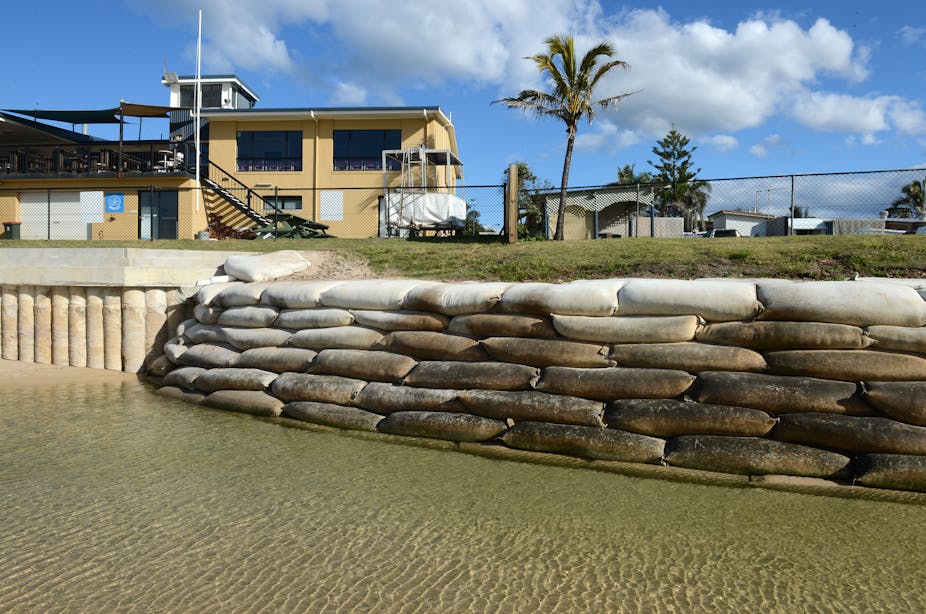If we haven’t heard much about carbon policy this election, we’ve heard even less about the other side of the climate equation - adaptation. We’re already seeing an increase in extreme weather, and climate models predict we’ll see more in the future, costing us potentially billions of dollars. Adaptation attempts to answer how we will deal with the future.
In light of this, the shadow minister for climate change Greg Hunt announced A$9 million for the National Climate Change Adaptation Research Facility in Queensland, or NCCARF.
NCCARF has come to the end of its first five years of funding without renewal, and has been running on a skeleton staff. The funding announced by the Coalition may give the facility a new lease on life, but when it comes to adapting to climate change, is this enough?
Let’s have a look at the policies on offer. The Greens, following a senate enquiry into extreme weather, announced they would increase risk mitigation funding from A$50 million to A$350 million per year supported by a A$2 levy per tonne on coal exports. They also pledged A$10 million per year to NCCARF, roughly the same amount of funding it has received since beginning in 2008.
The Coalition’s funding announcement, for A$9 million over three years, is the first positive step on adaptation in the current election campaign by either of the major parties. Given the current odds in the election campaign, it seems a pretty good bet that the coalition pledge will become a reality. But how should we view that A$9 million, at A$3 million a year, in the light of past funding and current and future needs?
The current state of adaptation policy, like the rest of climate policy, is highly uncertain. The refusal to refund NCCARF by the current government, presumably to help reduce the budget deficit, was seen by many as robbing Peter to pay Paul. Much like taking from tertiary education funds to increase secondary school funding.
There is also a view that the federal government should fund mitigation and the states fund adaptation. Some state governments have taken this to heart by dismantling renewable energy programs but have not necessarily invested in adaptation to the same extent.
Victoria is the most organised state, funding the Victorian Centre for Climate Change Adaptation Research supported by the state adaptation plan, with South Australia closely behind.
However, in Queensland, one of Campbell Newman’s first actions as premier was to close the Office of Climate Change. Programs continue in data preparation and delivery, and the Queensland Government says it is committed to responsibly and cost-effectively managing the impacts of climate change on our economy, communities, infrastructure and environmental assets, but gives little detail on how this is being done.
Meanwhile, millions of dollars of state and federal funds are being used to rebuild infrastructure after recent disasters, but much of it is being rebuilt to the same standards and in the same locations.
NCCARF spent the past two-and-a-half years researching adaptation measures, most of which were finalised and released this year. There are criticisms that can be levelled at the research:
The research produced has been of mixed quality.
It has been characterised as being too academic in approach and content for end users.
End users were not sufficiently involved in the research process to have a significant stake in its findings.
However, given NCCARF’s brief history, these are all lessons that can be remedied.
Another measure of success is how this work is seen internationally. Key researchers visiting Australia, especially researchers from the USA, are struck by how mature the conversations between researchers and stakeholders have become. Attendance at conferences here and overseas shows a significant Australian presence.
Adaptation research now needs to aim for action on the ground. Given the damage and loss currently being experienced from extreme climate events, adaptation is too important to be a political orphan, or a bargaining chip between the commonwealth and the states.
If climate mitigation programs continue to be dismantled at the current rate we’ll need all the adaptation we can get.

